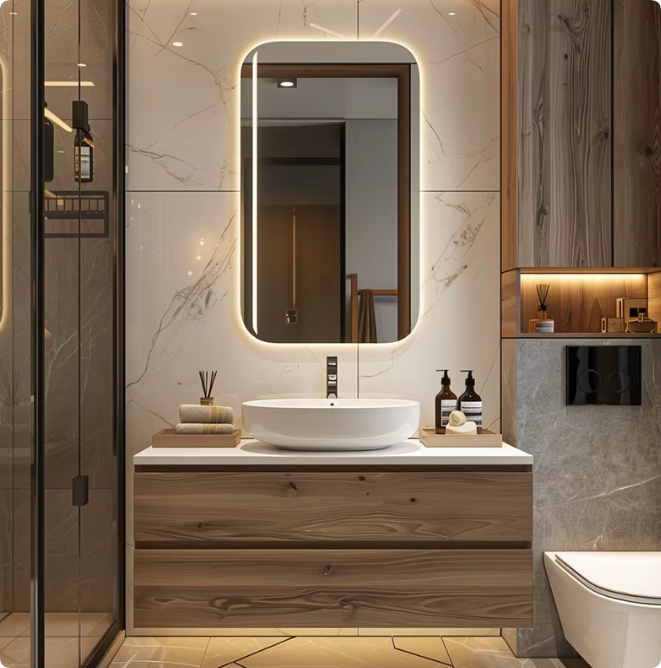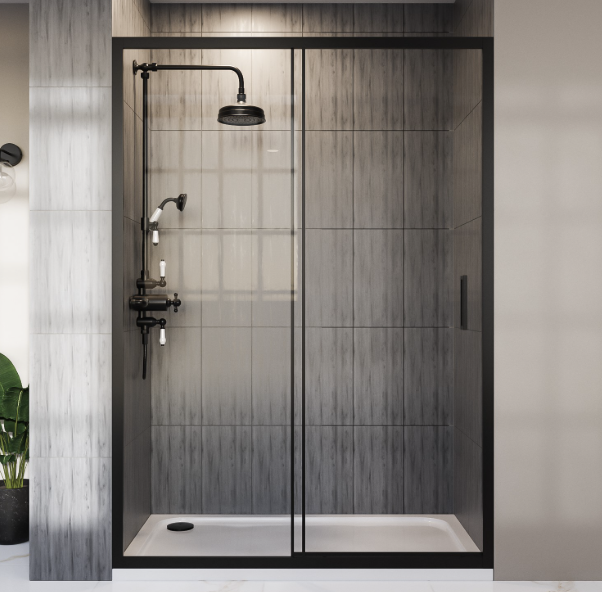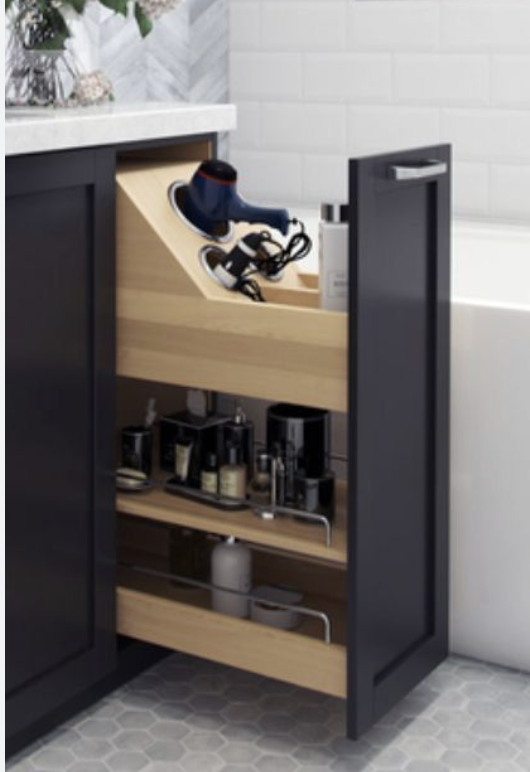A well-designed hotel bathroom can elevate a guest’s experience, while a poorly planned one can lead to frustration and bad reviews. Many hotels, even high-end ones, fall into common design pitfalls that make bathrooms less functional and less comfortable. Whether you’re designing a boutique hotel or renovating a large chain, avoiding these mistakes will ensure your bathrooms are both stylish and practical.
1. Ignoring Space Optimization
One of the biggest mistakes in hotel bathroom design is poor space planning. Bathrooms are often compact, especially in city hotels, and every inch counts. A cluttered or cramped space can make guests feel uncomfortable.
How to avoid it:
- Use wall-mounted fixtures like floating vanities and toilets to create more floor space.
- Opt for sliding doors instead of traditional swing doors to save space.
- Install multi-functional furniture, such as a mirror with built-in LED lighting and storage.
For comparison, let’s look at common space-related design issues and their solutions:
| Mistake | Problem | Solution |
|---|---|---|
| Large, bulky vanities | Reduce available space and make movement difficult | Use floating vanities with storage underneath |
| Swing doors | Require extra space to open, creating obstructions | Install sliding doors or pocket doors |
| Poor storage planning | Leads to clutter with guest toiletries and towels scattered around | Install built-in shelves and hidden storage in the vanity and behind mirrors |
2. Choosing the Wrong Materials
Hotel bathrooms experience heavy daily use, with exposure to moisture, heat, and cleaning chemicals. Selecting the wrong materials can lead to water damage, stains, and costly maintenance.
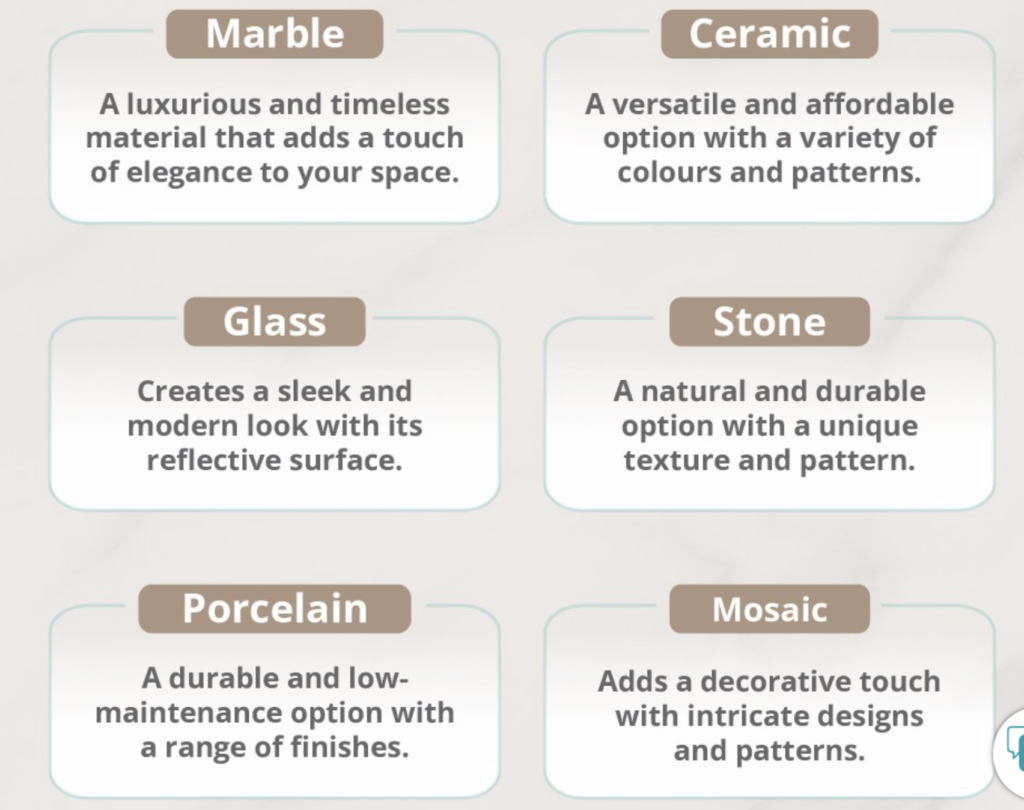
How to avoid it:
- Choose porcelain or ceramic tiles instead of natural stone, as they are more resistant to moisture and stains.
- Use tempered glass for shower enclosures to prevent breakage and improve safety.
- Install waterproof vanity tops (e.g., quartz or solid surface) to prevent mold and swelling.
3. Poor Lighting Design
Lighting plays a crucial role in both functionality and aesthetics. Many hotel bathrooms suffer from either too much harsh light or not enough illumination, making tasks like shaving or applying makeup difficult.
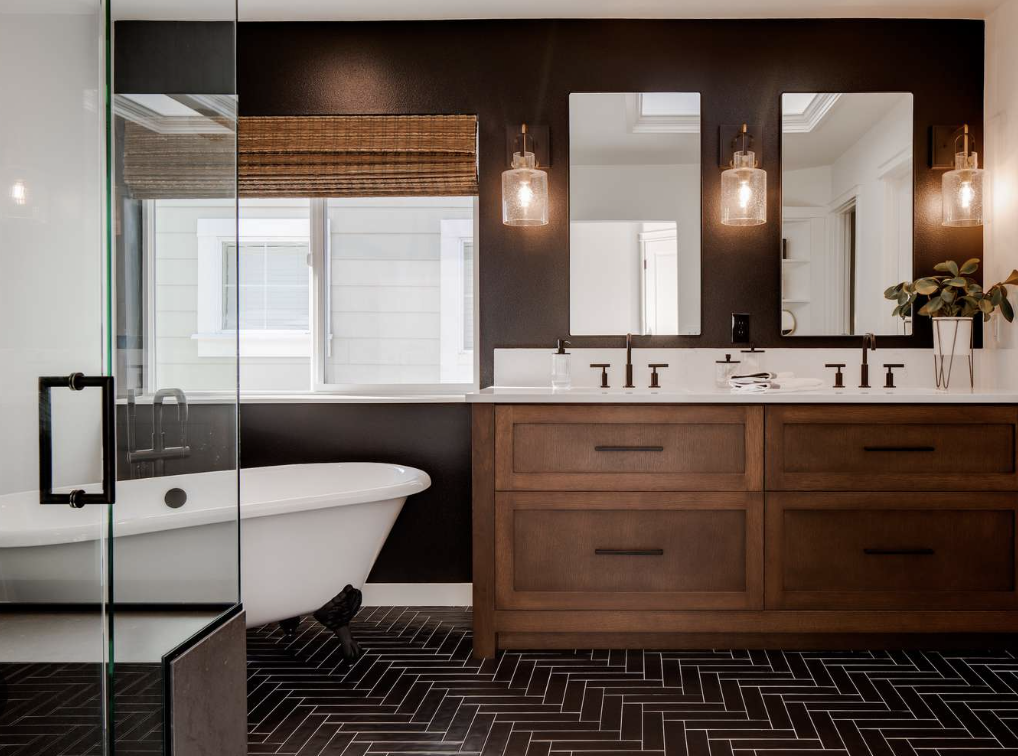
How to avoid it:
- Layer different types of lighting: ambient, task, and accent lighting.
- Use LED mirrors or backlit mirrors for an even, flattering glow.
- Install dimmable lights to let guests adjust brightness according to their needs.
4. Overlooking Ventilation and Drainage
A poorly ventilated bathroom can lead to excess humidity, mold growth, and bad odors. Similarly, inadequate drainage can cause water pooling, making the floor slippery and unsafe.
How to avoid it:
- Install proper ventilation fans to remove excess humidity.
- Use linear drains in walk-in showers for better water flow.
- Ensure the bathroom floor slopes correctly towards the drain to prevent water accumulation.
5. Lack of Accessibility Features
Many hotels fail to consider accessibility when designing bathrooms, which can limit their guest base and even violate regulations.
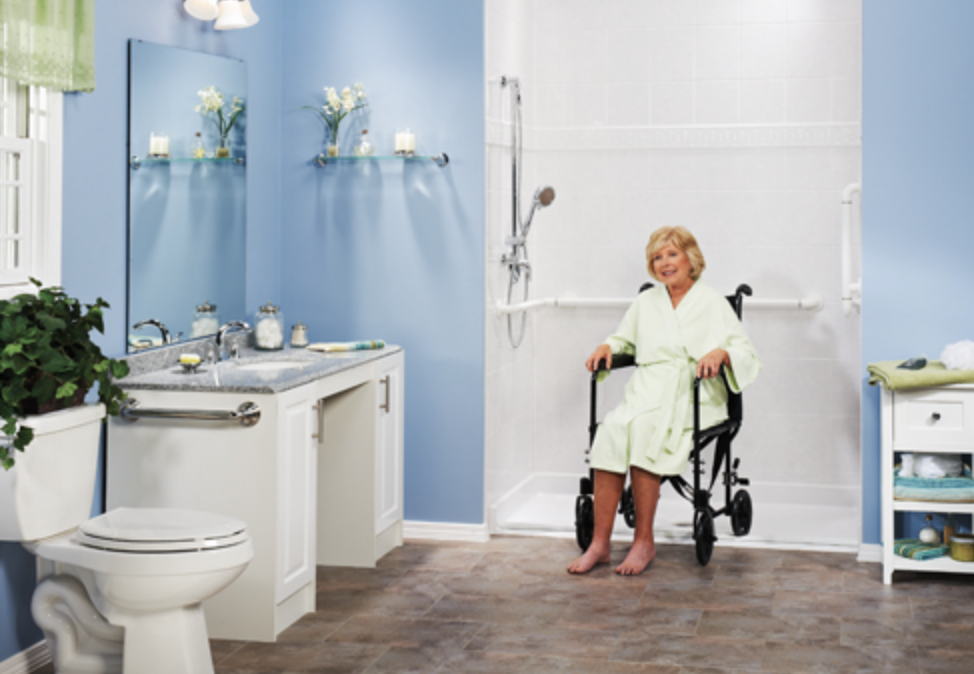
How to avoid it:
- Install grab bars in the shower and near the toilet.
- Ensure the bathroom door is at least 32 inches wide for wheelchair access.
- Use curbless showers to make entry easier for guests with mobility issues.
FAQs
Q: What are the best materials for hotel bathroom countertops?
A: Quartz, solid surface, and sintered stone are excellent choices because they are waterproof, stain-resistant, and easy to maintain.
Q: How can hotels improve the lighting in their bathrooms?
A: Layering ambient, task, and accent lighting, along with installing LED mirrors, can significantly enhance brightness and functionality.
Q: What’s the best way to prevent mold in hotel bathrooms?
A: Proper ventilation, using mold-resistant grout, and selecting moisture-resistant materials can help prevent mold growth.
By avoiding these common design mistakes, hotels can create bathrooms that are functional, beautiful, and guest-friendly. Investing in high-quality fixtures and materials will also reduce long-term maintenance costs while improving the guest experience.

